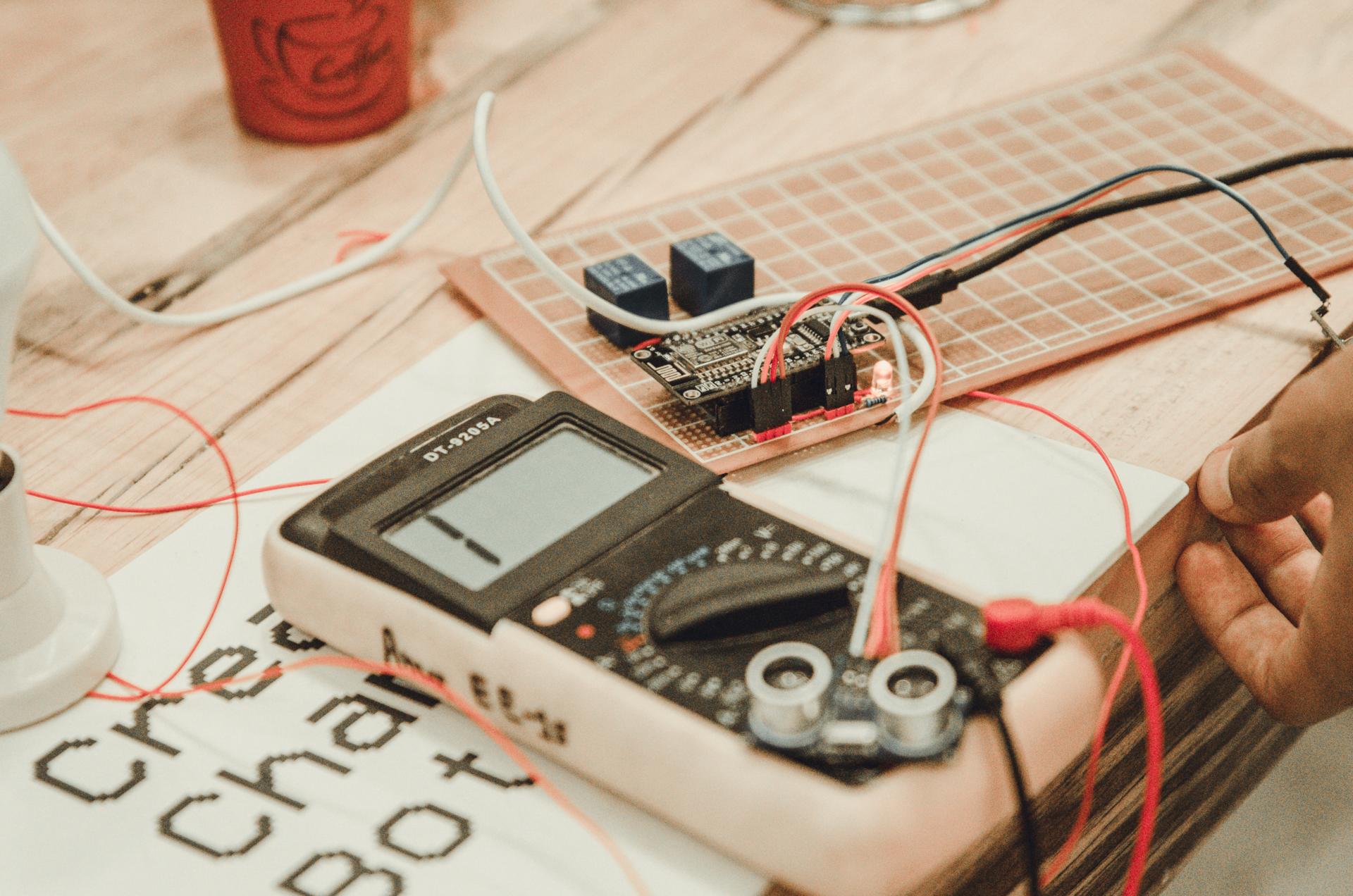Electric Safety Testing in Your House: What You Need to Know

In the realm of home security one of the most important areas to consider is the safety of electrical wiring. Electrical safety testing is the procedure of testing the electrical system within your home to make sure that it is safe and in compliance with the latest standards. In this article, we’ll provide you with information on what electrical safety testing are, what tools you’ll need for conducting them, how to perform the tests, and the warning signs to be on the lookout for.
What’s an Electrical Safety Test?
An electrical safety test is the process of inspecting the electrical system within your home to ensure that it’s functioning safely and in a proper manner. The importance of electrical safety tests is because they can help avoid electrical fires and accidents as well as ensure the durability the electrical systems you have.
Equipment Required to conduct an electrical Safety Test
To conduct an electrical safety check, you’ll require a few basic tools. They include an electrical voltage tester as well as a continuity tester, a circuit tester, as well as the outlet tester. The voltage tester is used to look for live circuits, while the continuity tester checks for circuits that are damaged. The circuit tester is utilized to check for wiring faults as well as the outlet tester is used to detect wiring problems in the outlets. It’s important to use the tools correctly in order to obtain precise results.
How do you conduct an electrical Safety Test
To conduct an electrical safety test in your home Follow these steps:
Turn off the power to the circuit you’re conducting tests on.
Make use of this voltage tester to look for live circuits.
Utilize the continuity tester to check for broken circuits.
Utilize the circuit tester to check for any wiring issues.
Make use of the outlet tester to check for wiring problems within the outlets.
When testing make sure you look for indications of wear or damage on the wiring, such as damaged or frayed wires, burn marks, or loose connections. If you find any issues, it’s important to address them as soon as possible to prevent potential hazards.
The Signs of Electrical Issues to Look Out For
There are many warning signs that could indicate electrical problems in your house. They include flickering light bulbs and frequent circuit breaker trips, buzzing or crackling sounds emanating from outlets, the appearance of outlets that are discolored or hot and a smell of burning. If you observe any warning signs, it’s important to take action immediately to avoid potential electrical hazards.
Conclusion
Tests for electrical safety are vital to ensure the safety of your home and family. Through regular testing and fixing any issues quickly to avoid any potential dangers to your electrical system and prolong the life of your electrical system. If you need assistance with electrical testing and repairs do not hesitate to call Local Electrician Hornsby. Our experienced team can offer you expert advice and support. Contact us via 1300 610 481 to schedule an appointment or request a quotation.
FAQ Section
What is the recommended frequency to perform an electrical safety test at my home?
We recommend conducting safety tests for electrical equipment at least once a year.
Do I have the ability to conduct an electrical safety test on my own or do I need a professional?
While you can perform an electrical safety test by yourself, it’s recommended to hire a professional to ensure accurate results and prevent potential hazards.
Are there any frequent electrical problems that can be found during an electrical safety test?
The most frequent electrical issues that are discovered during a safety test comprise faulty wiring, overloaded circuits and outdated electrical systems.
What should I do if find an issue during the electrical safety check?
If you discover a problem in the electrical safety test it is important to take action immediately. This may involve making contact with a professional electrician to fix the problem or replacing damaged equipment.
